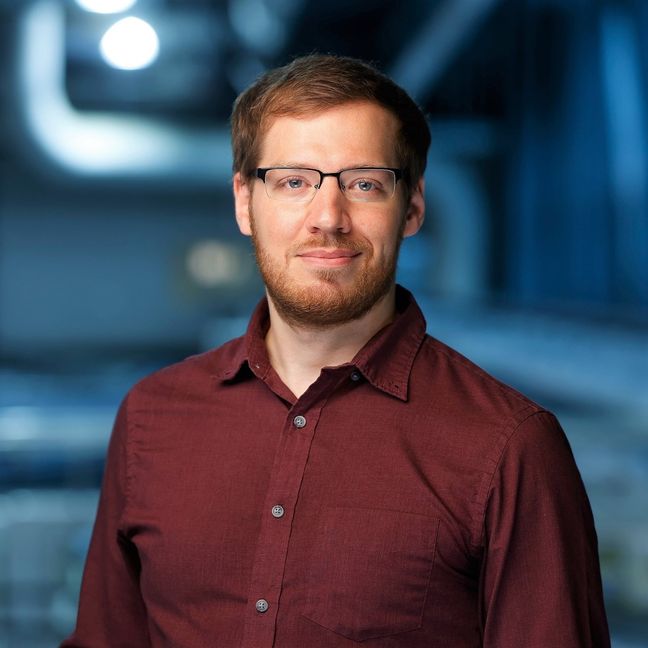
X-ray MicroCT Data Processing: BMIT Online Tutorials

Sergey Gasilov
BMIT, Canadian Light Source

Philipp Lösel
Interdisciplinary Center for Scientific Computing, University of Heidelberg

Thomas van de Kamp
Laboratory for Applications of Synchrotron Radiation, Karlsruhe Institute of Technology

Toby Bond
Industrial Science, Canadian Light Source

Jarvis A. Stobbs
Plant Imaging Lead and Associate Scientist, Canadian Light Source

Alireza Rohani
Auditory Biophysics Laboratory, University of Western Ontario

Arash Panahifar
Canadian Light Source
Location
Online event:
Dates
Registration period:
August 8, 2022 - 00:00 MDT - September 30, 2022 - 23:30 MDT
Contact us
If you have any questions, please contact sergey.gasilov@lightsource.ca